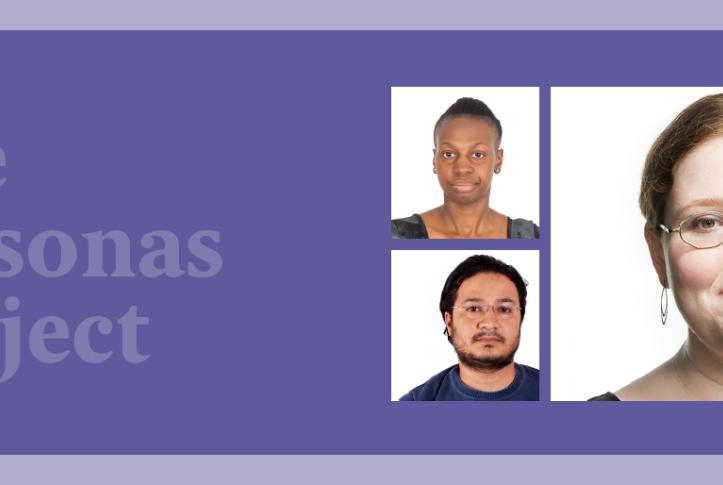Patient Segment: People Younger Than 65 Living with a Disability
These patients are under age 65 and have severe limitations that interfere with their ability to live day to day. They may have health problems that require special equipment, like a cane, wheelchair, or modified bed.
Personas
Hurting Hannah: Hannah is driven by the goal of making her pain stop. She has developed a distrust in doctors. She feels unheard and dismissed as she moves from one health provider to another in search of a diagnosis and a solution.
Jaded Jaspar: Jaspar lacks emotional support; he is depressed and needs assistance in developing skills to cope with his condition, although he is resistant to accepting help.
Self-Advocating Amber: Amber want to help others to help her. She wants people to see her beyond her disability. Amber would like her doctor’s support rather than sympathy.
High-Need Patients and the “Personas” Project
For patients with high needs — because of multiple chronic conditions, a limited ability to perform tasks like bathing or dressing, or other disabilities or conditions — health care can be challenging as well as extremely costly. Patients often report that their needs for care are unmet and that they don’t communicate adequately with their providers. A Commonwealth Fund project interviewed dozens of patients to explore their experiences and how their struggles to find support has affected their lives and those of family caregivers. As part of this research, we developed “personas” for different segments of the high-need patient population, including the caregivers attend to them. A persona is a tool that helps depict the experiences, motivations, and goals of a specific population – as well as the barriers they face. It helps to put a human face and voice on a patient population that is all too often seen only through a lens of clinical or cost data. Personas can help identify gaps in care or processes and can aid health systems in addressing these flaws.
